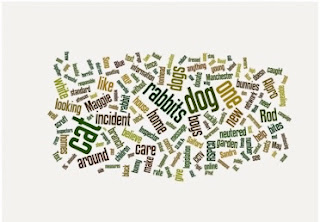Answers to research questions [Part 3]

This blog entry will answer Q5, Q4, Q19, Q20, Q6, Q25, Q26 and Q27 of our 30 questions. Q5 Is animal testing replaceable? Q4 Is anesthesia used on animals? Q19 How many cosmetic companies use animal testing? Q20 Which countries use animal testing the most? Q6 Why do some companies or countries continue animal testing? Q25 Should animals be allowed to experience pain for medical research? Q26 Are there alternatives to using animals for research? Q27 Should technologies replace animal dissection in science classes? [Animal Testing] When a new drug or surgical technique is developed, society deems it unethical to use that drug or technique first in human beings because of the possibility that it would cause harm rather than good. Instead, the drug or technique is tested in animals to make sure that it is safe and effective. But while the underlying biology is similar, small differences between animal and human cells are amplified when a patient takes ...









